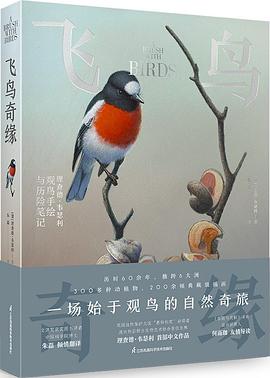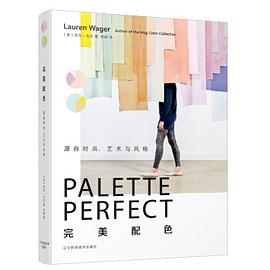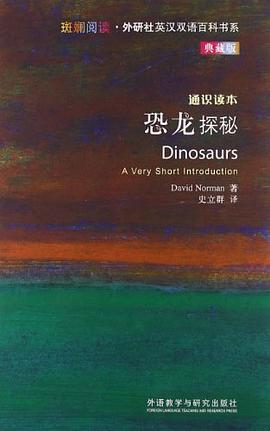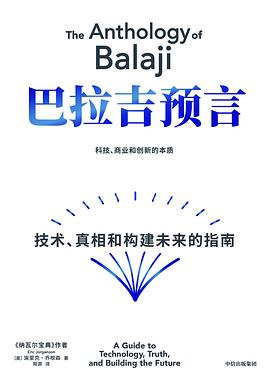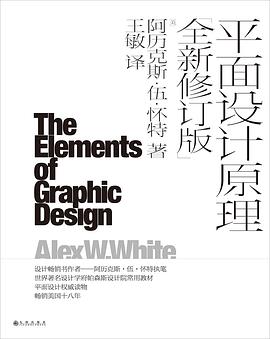Teachers of the Inner Chambers
内容简介
Rejecting popular image and accepted scholarship on the status of women in premodern China, this pathbreaking work argues that literate gentrywomen in seventeenth-century Jiangnan were far from oppressed or silenced. As writers, readers, editors, and teachers, these women created a rich culture and meaningful existence from within the constraints of the male-dominated Confucian system. The author reconstructs the social, emotional, and intellectual worlds of these women from the interstices between ideology, practice, and self-perception. Born out of curiosity about how premodern Chinese women lived, this book proposes a new way to conceptualize China's past. This reconception rests on the premise that by understanding how women lived, we better grasp the dynamics of gender relations and gain a more complete knowledge of the values of Chinese culture, the functioning of Chinese society, and the nature of historical change. The book examines three types of women's communities that developed in this environment: domestic, social, and public. Women from different families, age groups, and social stations were brought together by their shared love of poetry and common concerns as women. Though important at the time, most of these ties proved fragile and transitory because of women's inherently ambivalent position. The author argues that the gender system identified women both by their shared gender, or women-as-same, and by their social station, or women-as-different. This contradiction accorded women freedoms within their own limited spheres, but these spheres were fragmented and often demarcated by the class of male kin. As a result, even the most mobile and articulate of women had noinstitutional means of launching fundamental attacks on the gender system.
......(更多)
作者简介
Professor Ko’s research interest is the everyday lives of women in China –along with the domestic objects they made by hand–as a significant part of country’s cultural, economic and political development. She works at the intersections of anthropology, history, and women’s studies.
Ko’s recent book, Cinderella Sisters: A Revisionist History of Footbinding, published in 2005, shattered the popular conception of footbinding as a tool to oppress women and demonstrated that it was instead a source of female identity, purpose, pride, and power. It won the Joan Kelly Memorial Prize of the American Historical Association, Recently, she has been turning her attention to the skills of women’s artisans such as embroiderers, stone carvers, and ceramic artists. Her research during spring semester, 2004, as a senior fellow at the Hopkins-Nanjing Center’s Institute for International Research in Nanjing, focused on the importance of ancient art of silk-weaving for a study of the dress-making tradition and domestic work culture in China’s silk industry region. More recently, as a fellow at the Needham Research Institute in Cambridge, England, in spring 2007, she researched ancient swordsmith legends for insights into the relations between bodily investments and transformation of matter.
In addition to Cinderella’s Sisters, Ko has written numerous books and publications, including “Between the Boudoir and the Global Market: Shen Shou, Embroidery and Modernity at the Turn of the Twentieth Century,” in Looking Modern (forthcoming), Every Step a Lotus (2001), and Teachers of the Inner Chambers (1994). She is also co-editor of Women and Confucian Cultures in Pre-modern China, Korea, and Japan.
Ko’s courses include Chinese cultural history, body histories, women and culture in 17th century China, and Confucian cultures.
Ko earned undergraduate and advanced degrees at Stanford University, including the doctorate. She has received a number of fellowships and awards. She was a member of the School of Historical Studies at the Institute for Advanced Study (2000-2001), a fellow of the John Simon Guggenheim Memorial Foundation (2000-2001) and a fellow at the Center for Critical Analysis of Contemporary Culture, Rutgers University (1999-2000). Before joining the Barnard faculty in 2001, Professor Ko taught at Rutgers University.
......(更多)
目录
Frontmatter
Explanatory Notepage xiii
Selected Reign Periods of the Ming and Qing Dynasties, 1522-1795page xv
Map of Jiangnan Areapage xvi
Introduction: Gender and the Politics of Chinese Historypage 1
PART ONE: SOCIAL AND PRIVATE HISTORIES
1 In the Floating World: Women and Commercial Publishingpage 29
2 The Enchantment of Love in The Peony Pavilionpage 68
PART TWO: WOMANHOOD
3 Margins of Domesticity: Enlarging the Woman's Spherepage 115
4 Talent, Virtue, and Beauty: Rewriting Womanhoodpage 143
PART THREE: WOMEN'S CULTURE
5 Domestic Communities: Male and Female Domainspage 179
6 Social and Public Communities: Genealogies Across Time and Spacepage 219
7 Transitory Communities: Courtesan, Wife, and Professional Artistpage 251
Epiloguepage 295
Notespage 299
Works Citedpage 351
Character Listpage 379
Indexpage 391
......(更多)
读书文摘
艾伯特.奥哈拉建议将中国女性分为四个阶层:奴隶和劳动女性,农民和商人之妻,学者和官员之妻,贵族和统治者之妻。在每个阶层内,女性的责任和特权是不同的。因此,非常重要的是,意识到女性对男性的从属,并不意味着所有女性对所有男性的总的从属,而是对她们自己的阶层中和仅仅是依照个人及家族的关系的特定女性对特定男性的从属。
......(更多)

